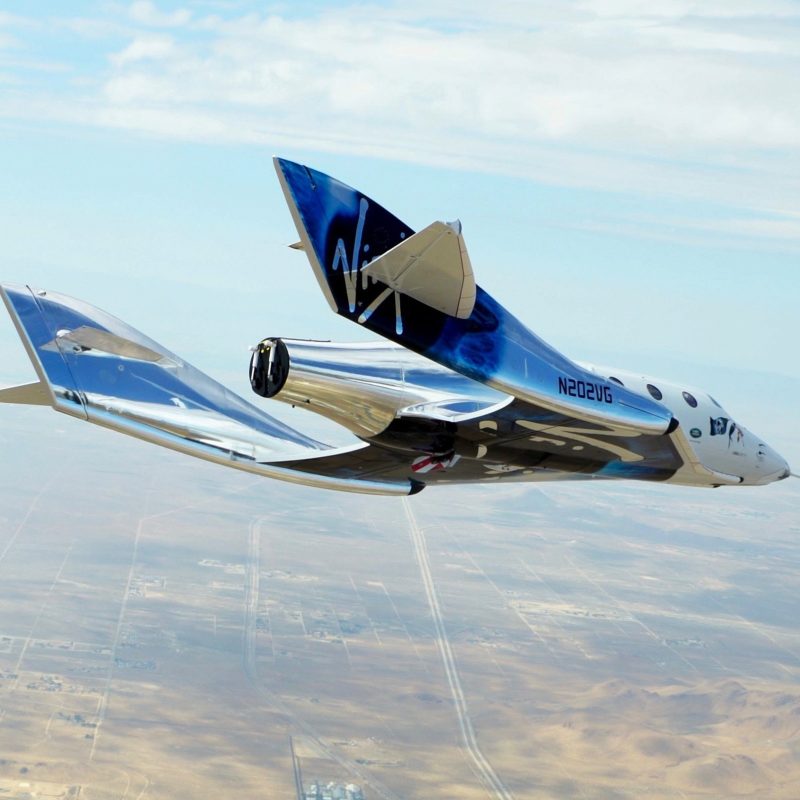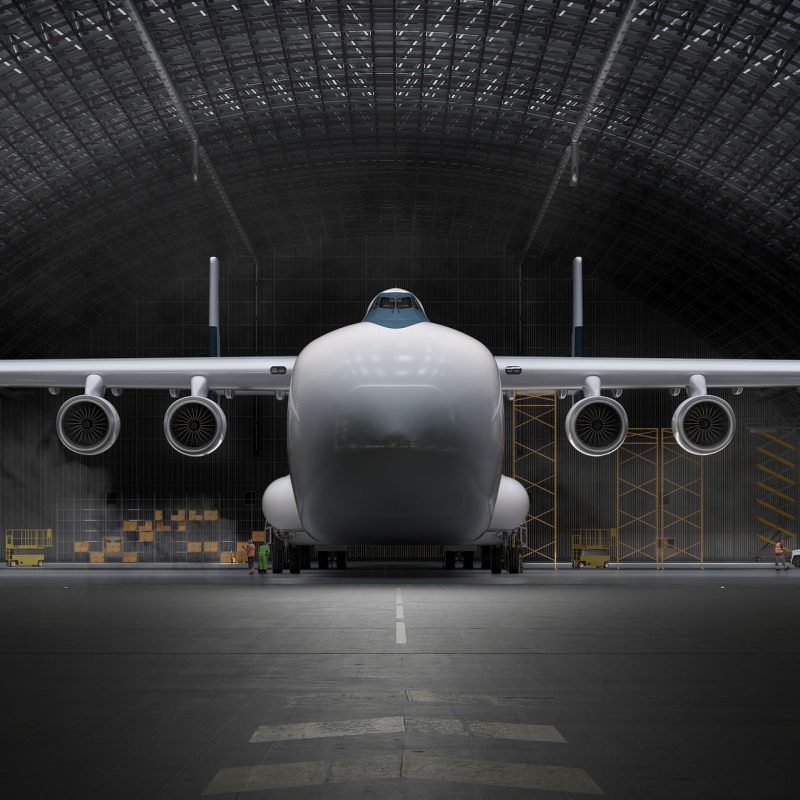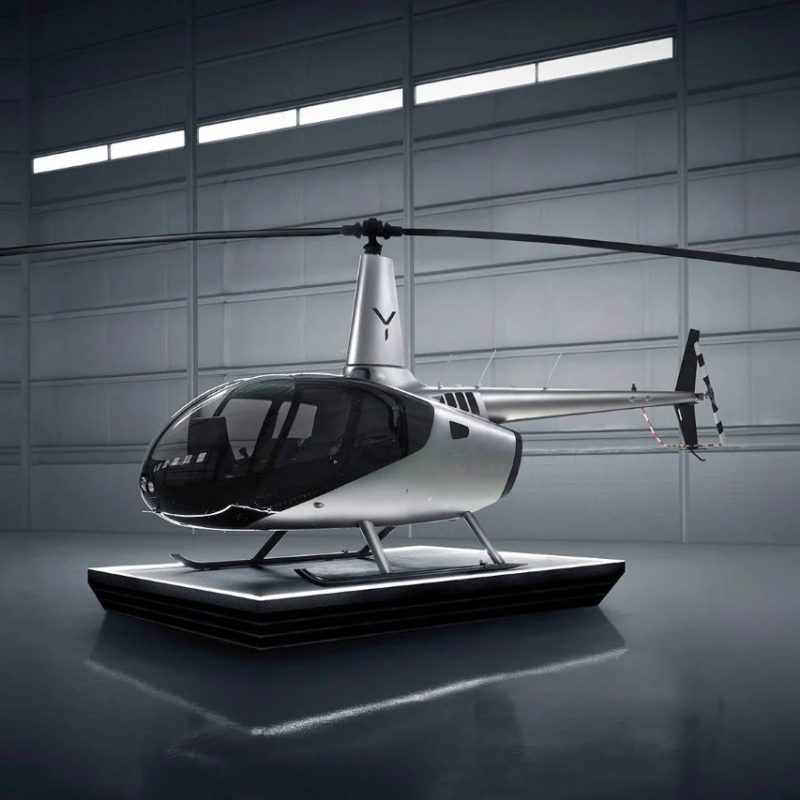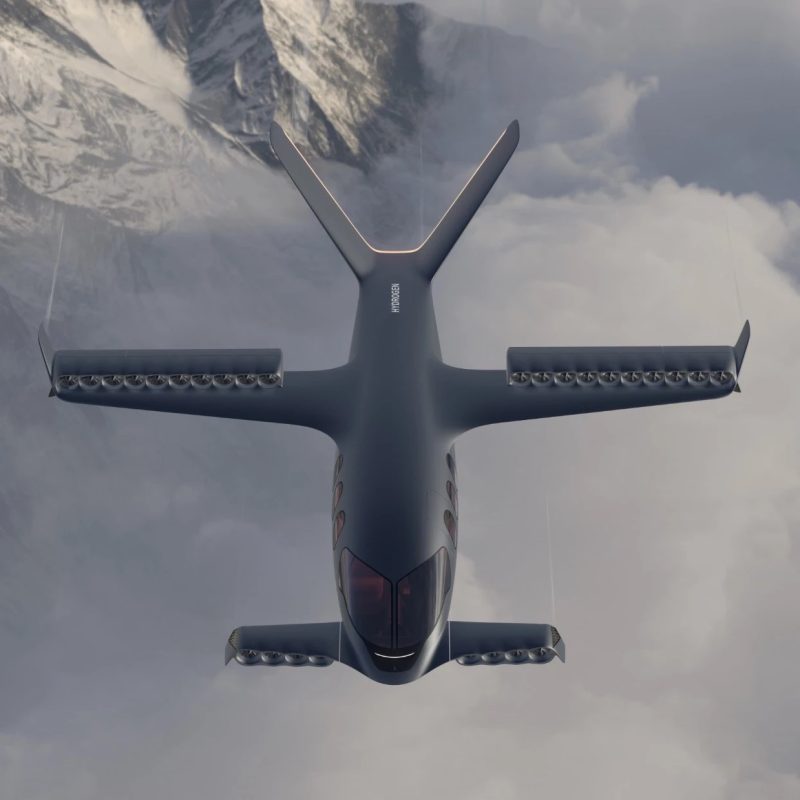Venus Aerospace Stargazer Hypersonic Jet Will Travel From New York to Tokyo in One Hour
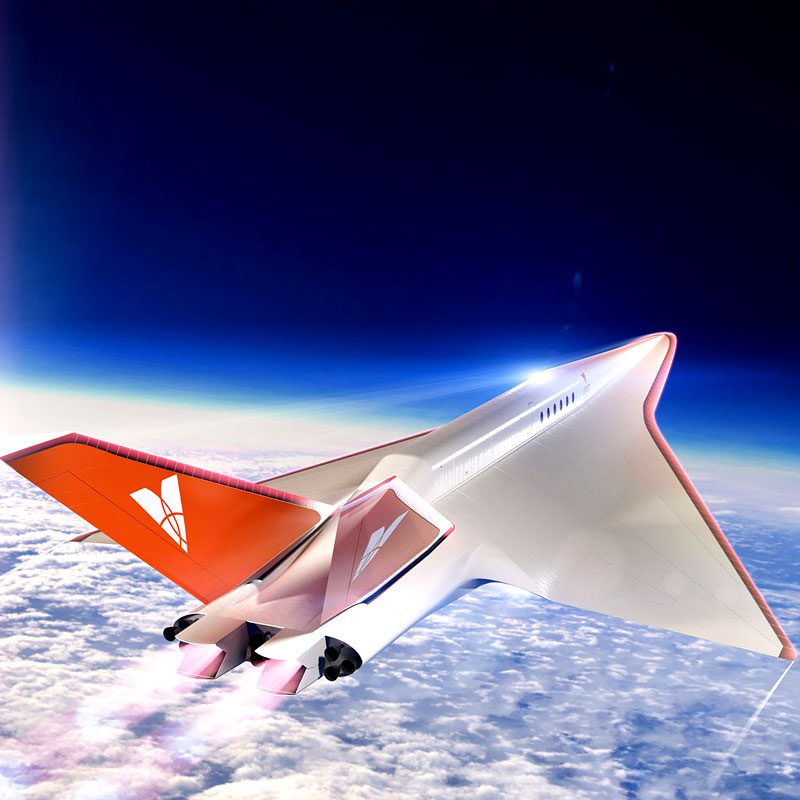
With emerging technologies, supersonic travel is being relegated to the past and hypersonic travel is now taking the forefront. A litany of aerospace companies across the world are in a race to develop the first commercially feasible hypersonic aircraft by 2030.
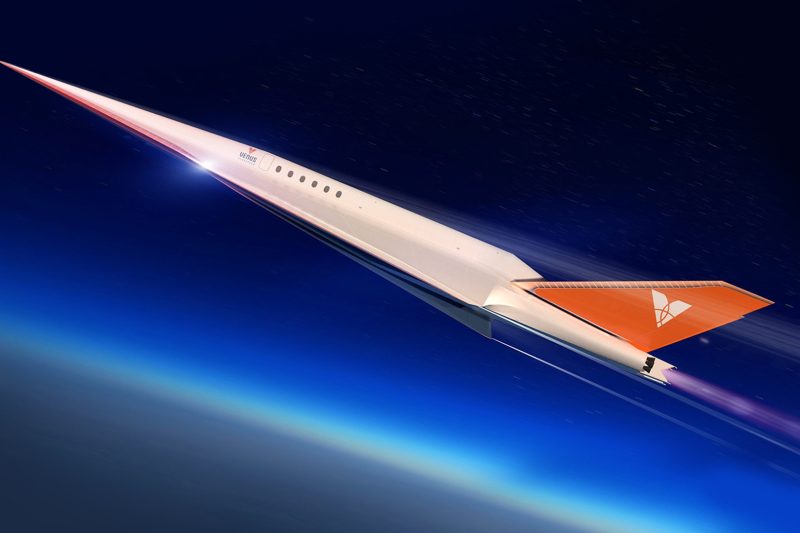
Image: Venus Aerospace
Houston based Venus aerospace is one of those companies engaged in building a hypersonic aircraft that will fly at nine times the speed of sound (6,905 mph) and ferry 12 passengers between New York and Tokyo in one hour.
Supersonic speed is defined as Mach 2 or approximately 1,535 mph. Hypersonic speed is usually defined as Mach 5 and above. The first commercial supersonic jet, the Concorde flew at Mach 2 while the U.S. Airforce SR-71 Blackbird flew at Mach 3.2 or 2,455 mph. Venus Stargazer will fly at almost three times the speed of the SR-71 blackbird.
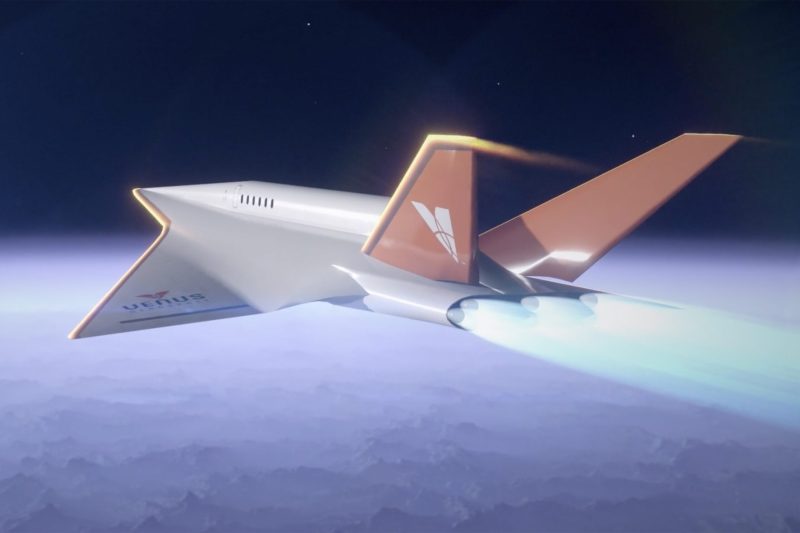
Image: Venus Aerospace
The company hopes to achieve this incredible speed using a rotating-detonation engine that rotates at 20,000 rotations per seconds. A prototype of the engine has already been successfully tested at the company’s Spaceport Houston headquarters.
Rotating-detonation engines work by supersonic combustion occurring continuously inside the engine. The process uses 20 percent less fuel than a conventional jet engine.
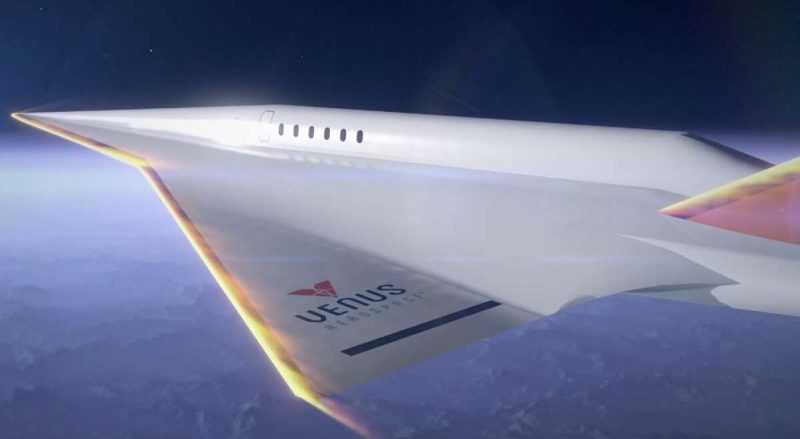
Image: Venus Aerospace
The jet will first take-off using conventional jet engines then transition to rockets once it reaches it flight altitude of 170,000 feet which is high enough for passengers to see the curvature of the Earth and the blackness of space beyond.
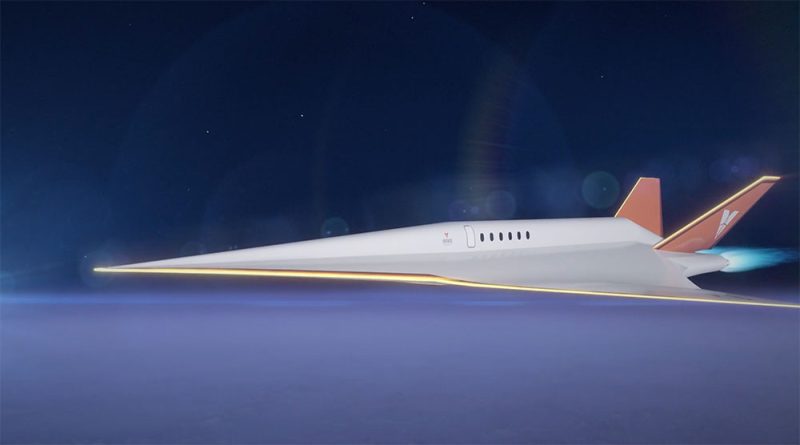
Image: Venus Aerospace
Stargazer has been in the works since 2020 with the company securing funding of $30 million to construct a prototype of the aircraft. The company plans to first begin hypersonic testing with a 20-foot drone before constructing a full-scale prototype.

